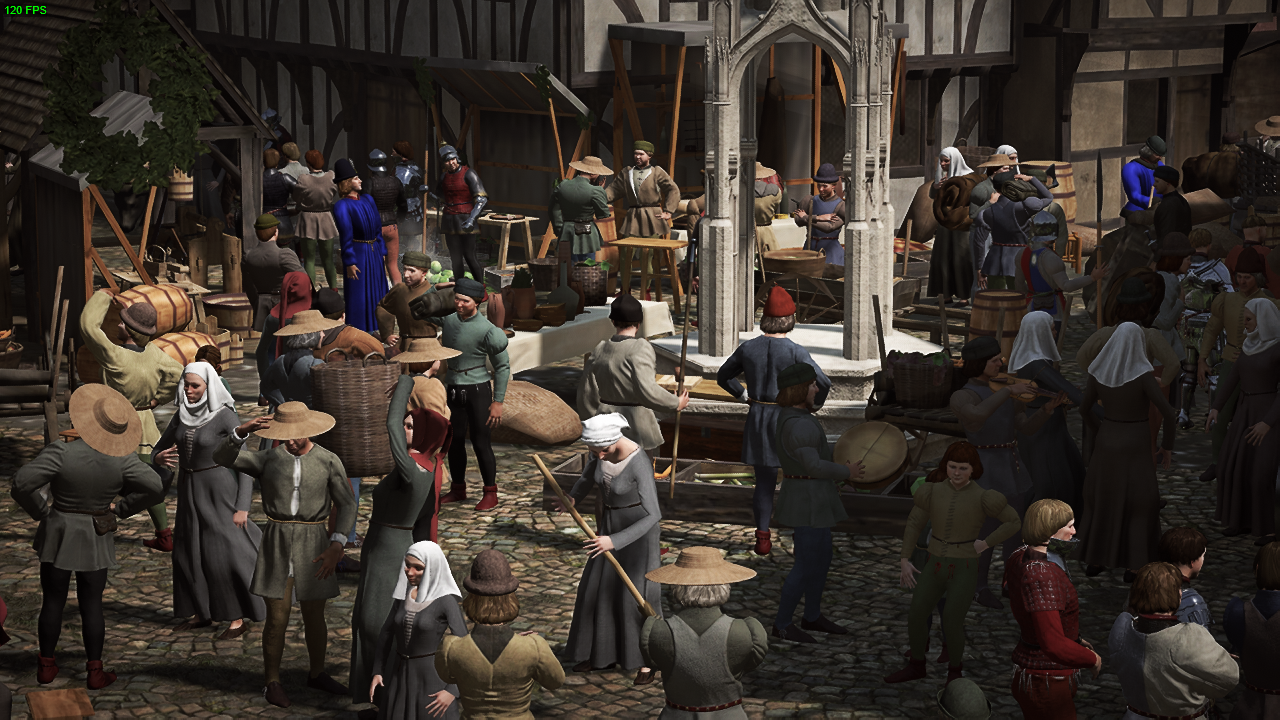
Hello everyone, and welcome back to another historical blog for Dell’arte Della Guerra. Today we’ll be talking a bit about the civilian clothes we have made for the english faction, and late medieval North Western European fashion in general.
Our team of very dedicated historical advisors and 3D modelers has taken upon themselves the task of populating our custom town scenes with NPCs wearing period accurate fashion as part of initiative to recreate authentic late medieval english settlements. We find that this goes a long way to further reinforce the feeling of authenticity one might experience while visiting the different custom villages and cities made for this project. Part of this endeavor was a thorough study of the various types of garments worn by different social classes in the 1470’s, the decade in which this mod is set, and the different techniques needed to render fur, silk, and other textiles used in this period. If some domestically made English artpiece of the period have survived, notably manuscripts, their number could be counted on two hands and reflect both the struggling economy of Great Britain prior to the Age of Exploration, and the deliberate policies of iconoclasm enacted by the Tudors after the Reformation. Fortunately, thanks to textual and archeological sources, we know that the fashion of Great Britain was largely similar if not directly copied from Flanders, which under the rule of Charles the Bold, duke of Burgundy, represented the wealthiest and most influential court in Western Europe. The Scottish Parliament even passed a law mandating the wearing of Flemish fashion some decades earlier for the well off townsfolk in an effort to make a good impression on foreign visitors. Many of the clothing worn by the peasant folk in the British isles are rather analogous everywhere in Europe due to their simple practical nature. Due to gameplay and ressources limitations we can’t depict all historical clothing available depending on weather but we made the effort to depict a coherent and exhaustive variation of garments for both men and women, being rich or less wealthy.
Concerning the latter, we can give some examples of the different items worn by the villagers and townsfolk you will encounter on your journey through this mod. Starting with men, we wanted to depict the various simple yet fashionable clothes worn by the laborers, artisans, farmers and other commoners during their daily tasks; often portrayed as rugged and brutish, covered in mud and filth in modern media, while in actuality, many medieval men took care of their appearance and hygiene and knew well how to wash and repair their clothes. The most universal piece of clothing for men and women was the shirt, most commonly made of linen, loose and reaching the wrists and sometimes down to the knees. Worn with short linen briefs called ‘braies’ and a straw hat, this was sufficient clothing for harvesting under the hot sun of summer, but most commonly would be worn with a pair of hosen tied to the braies, a tight and simple form of leg covering made of linen or wool. Many shepherds and farmers wore white shin guards in lieu of hoses or above them, along with the simple leather turn shoes, which at the time often ended in a thin point in a fashion called poulaine. If commoners didn’t wear the typical wasp-waisted late medieval doublet, they may instead opt for different forms of tunics worn above their underlying linen shirts, which were made sleeveless, open, closed, buttoned or laced and made of heavier fabric. Far from the browns and greys of Hollywood, these clothes were dyed in various colors using rather accessible dyes like woad blue or madder red. Hoods were also worn by peasants and town folk to endure the weather and cold, yet they had lost the long “liripipe” tail once fashionable in western Europe. On the head was otherwise worn various forms of cap and hats of straw, felt and textile, with some bycocket like brimmed hats and flat caps.
Some exemples of male commoners and a source that inspired their look.
Some assets, poulaine shoes and a hood.
As for the common women of the British towns, their dress was rather simple: they wore a longer shirt than men under their dresses, over which they often layered multiple robes, such as gowns, and kirtles laced in the front, with short or long sleeves. With their high waist and simple outline they offered a greater degree of movement for physical tasks than the long trailing dresses of the elite. Speaking of trailing, one of the most popular headdresses worn by female commoners was a hood with a long flattened liripipe tail in the back, but open at the throat, often depicted as being red. Many simply wore a more practical kerchief tied around the head, or a white headdress wrapping around the neck and covering the hair to symbolize their religious devotion. Most women simply wore stockings secured with garters and shoes on their lower body, mostly covered by their robes.
Some commoner clothings for women in town scenes.
Clothing worn by rich men differed in complexion quite a bit from commoners, the main difference would be the materials used for construction of these garments. A doublet made for a wealthy individual could be made of velvet, brocade or another valuable fabric. Rich men also wore jewelry varying from necklaces, rings and purses usually made from copper alloys or gold. Jackets and gowns were complicated garments featuring details only a skilled seamstress could pull off, like pleating and closure methods hidden from outside view. In Dell’arte Della Guerra you’ll find and be able to wear a variety of jackets and gowns made from velvet and brocades with plenty of colors to pick from. Some will be lined with fur, while others have open sleeves and are worn with a purse or dagger. The slander hoses popular among all classes were paired by the elite with poulaine turnshoes or riding boots reaching the mid thigh, a symbol of their military occupations. Acorn caps were a popular type of headwear, alongside fuzzy hats. While chaperons were on their way out, they still saw some use among the elite as attested by various manuscripts owned by European princes. These manuscripts, alongside numerous paintings showing wealthy donors who commissioned the artworks they figure on, are a great source for the study of the fashion of the elite.
Four different silk pleated gowns alongside other accessories.
Comparison between our asset and a donor portrait showing a fur-lined pleated gown and a purse.
Two kings of England and Portugal wearing Burgundian fashion, including a chaperon, compared to our Mod.
Regarding female fashion of the elite, our work is still heavily set in work in progress but we are working hard on bringing to life the various necklaces, belts, robes and headwears worn by noblewomen throughout art, notably on burgundian portraits and english funeral brasses. Here is an example of a hennin we are working on, a type of conical headwear covered by a long transparent veil, who later will inspire the attires of princesses in famous romantic tales.
WIP hennin side by side with an historical portrait of Mary of Burgundy.
Overall this was a long time coming step in the creation of an immersive late medieval atmosphere that we hope you will appreciate and feel immersed in. As a final message we want to remind everyone that we are still looking for coders to help us on this project, your input would be much appreciated.
Until next time, take care.
- the DADG Team
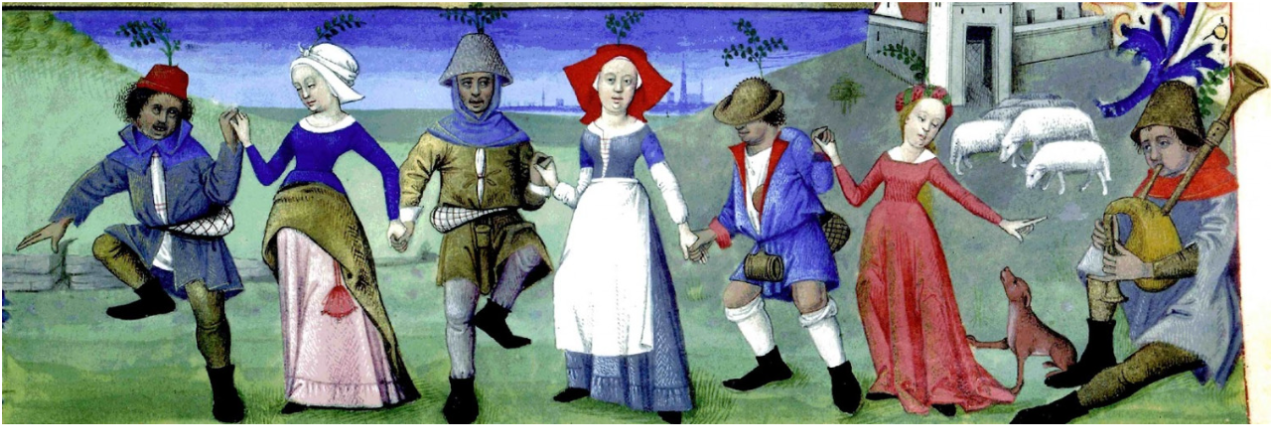
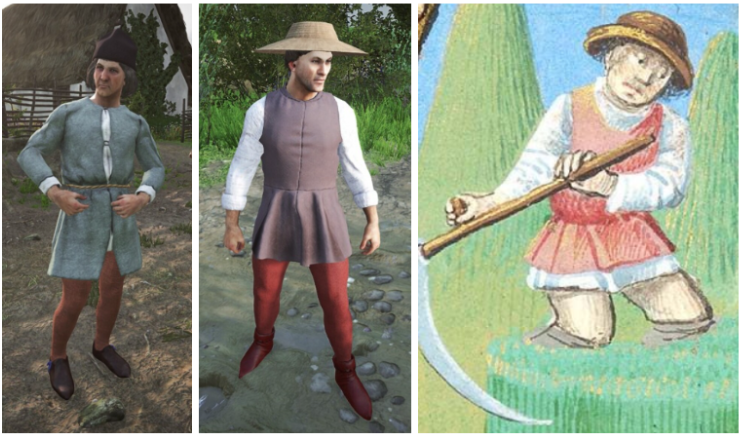
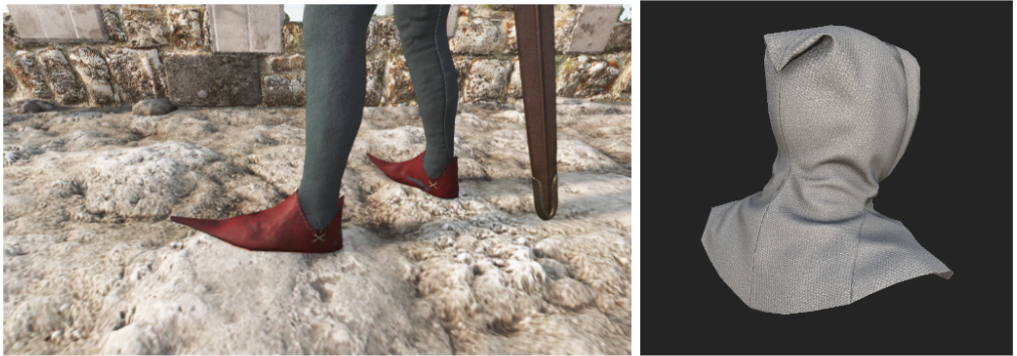
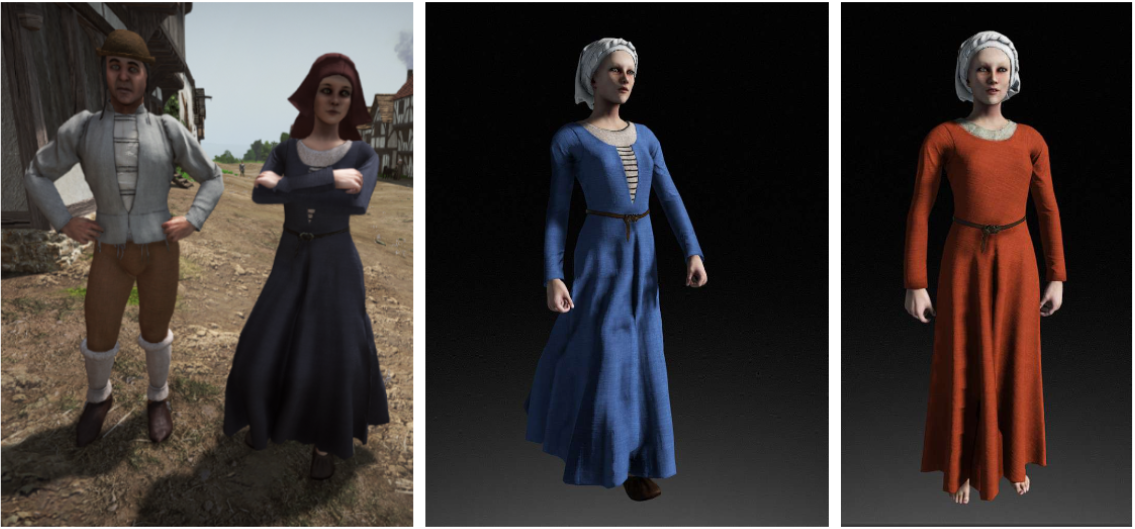


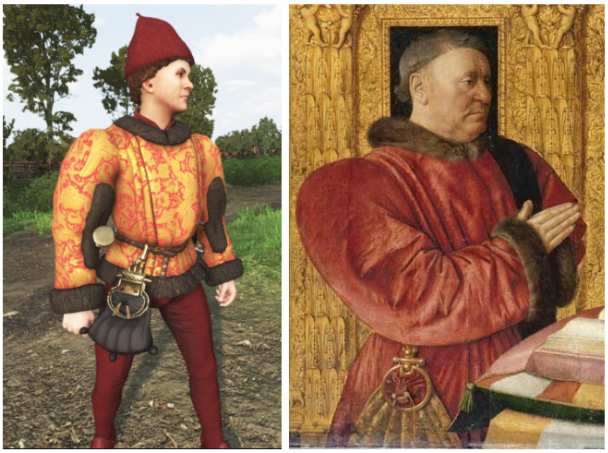
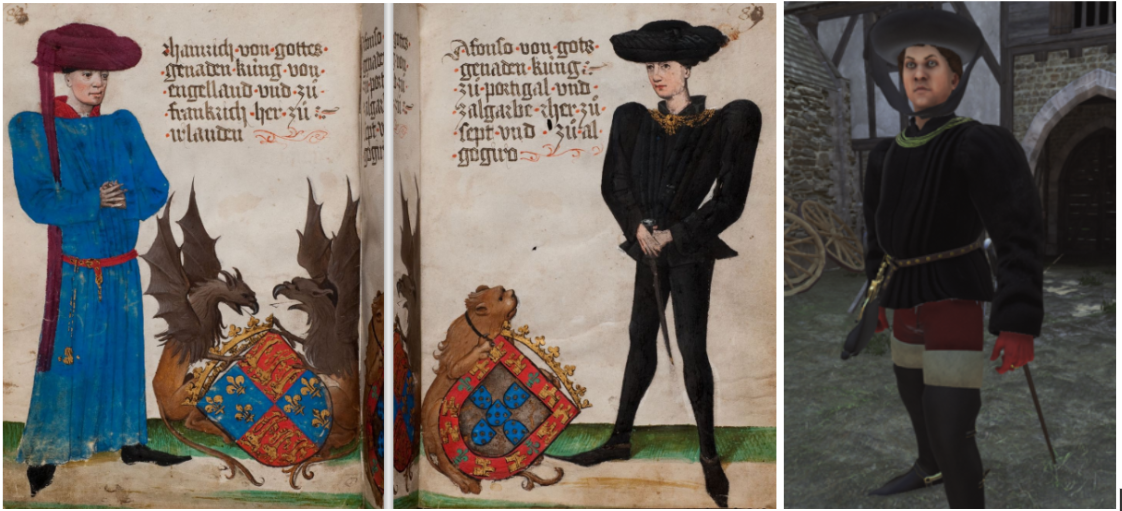
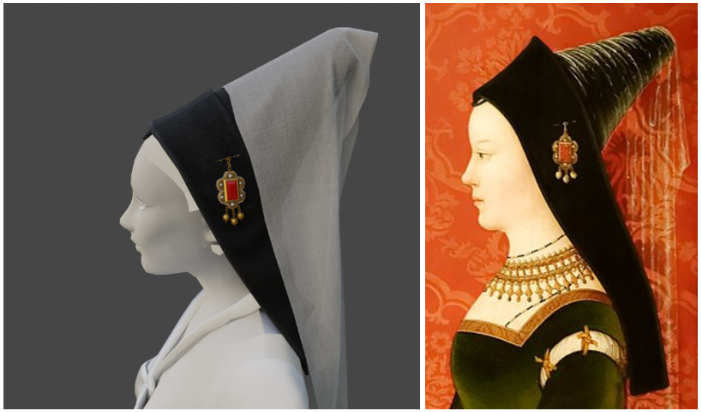



This is just on another level, making what's probably going to be the best late medieval/early rennisance simulator out there, keep up the amazing job
Amazing work
Not enough love goes out to you guys for the sheer amount of work and research put into this. As an Englishman, I've enjoyed reading this. Please keep up the good work!
Resonant will be able to make another video talking about how amazing this mod will be in 5-10 years when it comes out!
Fashion is one of my most favourite overlooked aspect done by historical inspired mods. Great job in these. I will enjoy dressing in period fashion a lot
Jawdropping. Serioulsy amazing. I hope when you guys finish this mod you will feel acomplished. As of now there is no reason to be playing bannerlord. Only this mod and Shokuko will be worth it.
Now this is awesome! Keep up the good job!!
This comment is currently awaiting admin approval, join now to view.